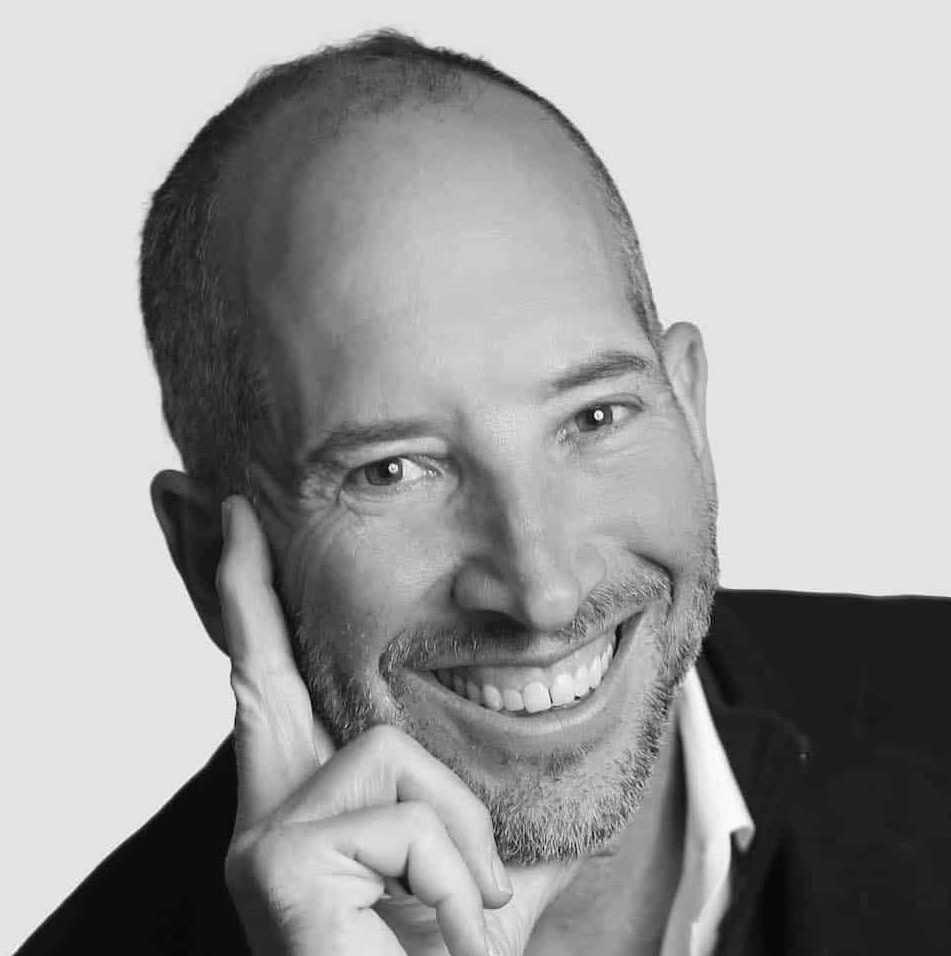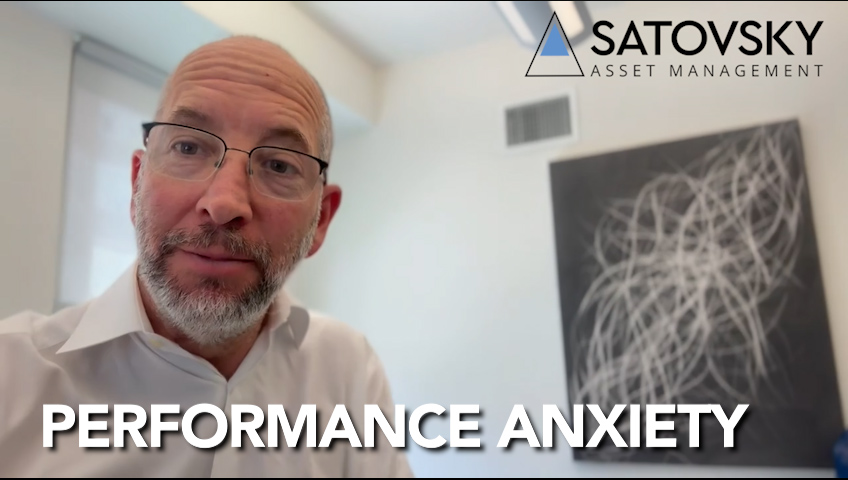Good morning, good afternoon, good evening. Depending on the part of the world you’re in. This is Jonathan Satovsky of Satovsky Asset Management and on today’s episode of “Seeking Wisdom, Wealth, and Wellness,” I want to talk about recessions.
So, recessions or bear markets, let’s talk about the bad stuff for a moment. There have been quite a few over the last hundred years and a bear market is considered a 20% decline in an asset class or in a market, and that creates a bear market. People get very pessimistic because most people have recency bias—what’s transpired recently, people extrapolate into the future—while things are bad, they’re going to keep being bad, if things are good, they’re going to keep being good. It doesn’t ever happen quite that way but it does go to extremes. People over extrapolate down and over extrapolate up.
So, a recession is considered two quarters in a row of negative gross domestic product—negative growth in an economy. And I would venture to say that the US was likely to experience two quarters of negative growth, but that’s not the end of the world. It’s not like two quarters is going to turn into four quarters, turn into eight quarters, which turns into twelve quarters, and it’s going to perpetuate. There’s a self-correcting cycle that does occur.
That being said, the time and duration matters because most people can handle short recessions, but most people, no matter how optimistic and confident they are about the future, after a period not just of three months, six months, nine months, 12 months—if they go through 18, 24, 36 months of extended, grueling, challenging, difficult, negative experience, it’s harder to see the other side. It’s harder to visualize the optimistic.
So brace yourself for the worst. Assume that three or four-year dry spells are gonna happen in the world and then the upside will take care of itself. And that’s your lesson on this episode of “Seeking Wisdom, Wealth, and Wellness.”
Have a great day.



